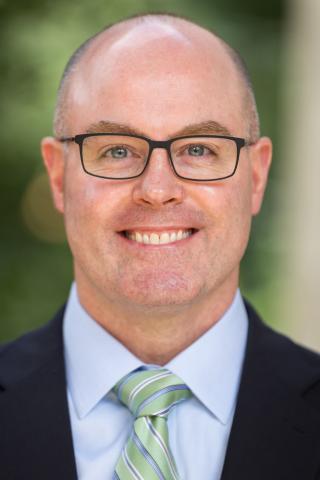Identifying Future Leaders in Rural Areas is a Challenge
 “One-Stoplight Town Seeks Just One Mayor” is the title of an article published last month in the New York Times. The quote that would send chills down the spine of anyone who cares for their small rural community is, “Nobody wants to be the mayor.” Identifying future leaders in rural areas is a very real challenge in North Carolina and across the nation. The CED in NC blog has been raising this issue and proposing possible approaches for years now. My colleague Kelley O’Brien discussed this issue in the context of civic capital here, and she offered ways to improve a community’s civic health through formation of youth councils and exposing students to careers in local government, among other ideas. My colleague Willow Jacobson explained how demographic changes in our society are adding to the challenge, requiring proactive succession planning at the local level now. This post highlights another approach being used in
“One-Stoplight Town Seeks Just One Mayor” is the title of an article published last month in the New York Times. The quote that would send chills down the spine of anyone who cares for their small rural community is, “Nobody wants to be the mayor.” Identifying future leaders in rural areas is a very real challenge in North Carolina and across the nation. The CED in NC blog has been raising this issue and proposing possible approaches for years now. My colleague Kelley O’Brien discussed this issue in the context of civic capital here, and she offered ways to improve a community’s civic health through formation of youth councils and exposing students to careers in local government, among other ideas. My colleague Willow Jacobson explained how demographic changes in our society are adding to the challenge, requiring proactive succession planning at the local level now. This post highlights another approach being used in
rural Minnesota. The Southwest Initiative Foundation, a community foundation in rural Minnesota, sponsors the Youth Energy Summit (YES) to increase community involvement among youth. YES combines leadership development and entrepreneurship education by engaging youth in efforts to address renewable energy opportunities in rural Minnesota. Each school year, more than 20 teams of high school students develop renewable energy projects geared toward their schools or home towns. Student teams work with local “coaches”—school administrators, business leaders, and local government officials—in conceptualizing and then implementing the projects. One team’s project established a recycling program in the students’ community, while another developed an educational program for elementary students in the team’s district. The YES website touts other projects such as installing solar panels, starting composting programs, building wind turbines, and lowering school energy costs. By connecting rural youth to local community and business leaders and exposing them to local career opportunities, the program aims to convince more of these youth that opportunities exist in their hometowns and that they can return to their rural hometowns as adults. You can read about these and other programs designed to engage youth with community leaders and improve a community’s civic health here in the School of Government web guide on asset-building tactics. This post is part of a series that highlights approaches described in a School of Government web guide on asset-building tactics for individuals and communities on the economic margin.



